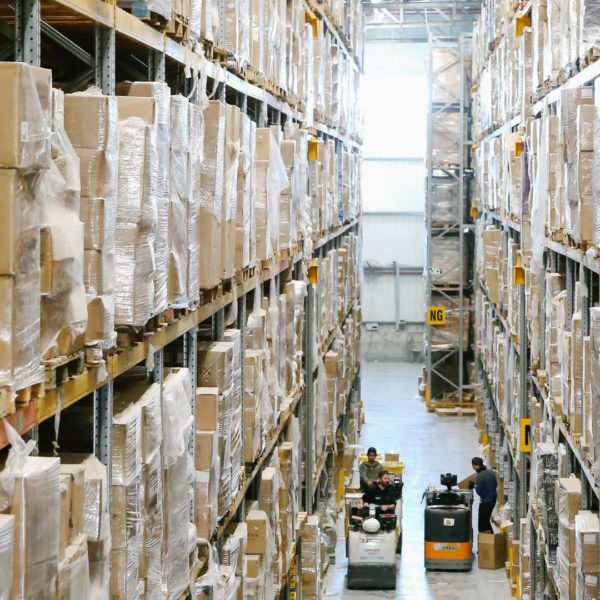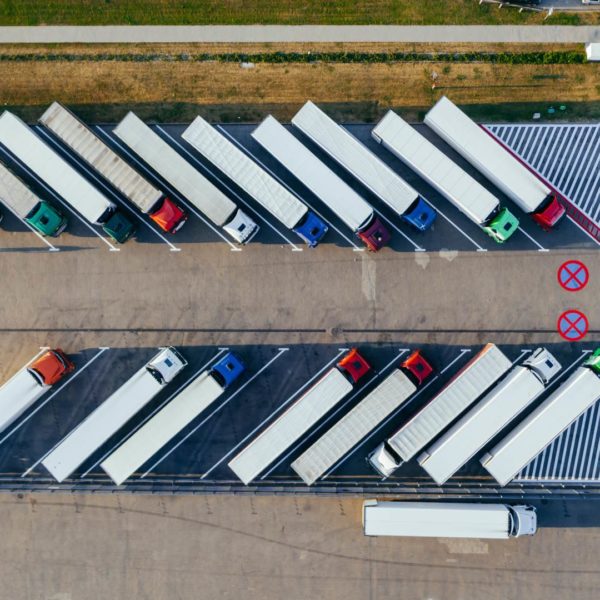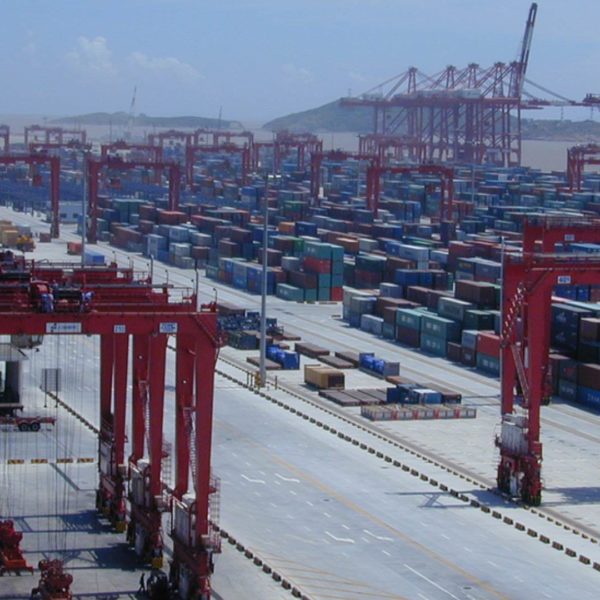Supply Chains Disruptions are still happening, and recent reports of increased covid lockdowns in China’s major manufacturing areas to prevent any chance of Covid spread, are likely going to cause significant supply chain disruptions in the coming weeks.
Shanghai in particular has been the subject of extremely strict lockdowns, with many goods shortages, trucking shortages, and massive port delays already occurring within the city of 25 million people. Reportedly there are near 300 ships waiting to load in Shanghai’s port.
Like the port delays of prior months, holding so many ships disrupts the natural flow of them, and could result in huge waves of ships hitting western US ports at once, overwhelming port infrastructure, and causing many ships to have to wait in order to unload.
In the last several months, the major US ports of Los Angeles and Long Beach have been able to reduce the backlog of ships to unload, dropping to the mid-40s waiting, from over a 100 in January.
If a massive wave of ships hits the west coast ports again, a similar backlog could happen, with drayage capacity problems, container shortages, and trucking prices once again absolutely skyrocketing.
It’s a fine balance for China, which doesn’t want to allow covid to hit hard again with a new country-wide omicron fueled wave, but also doesn’t want to disrupt a major manufacturing area with global implications. Current lockdowns are massively disrupting manufacturing and transportation in the area with stay-at-home measures, and many restrictions on trucking operations. Shanghai is a huge economic center in China, with significant manufacturing facilities for the tech, automotive and many other industries already facing shutdowns.
With many supply chains already facing low levels of inventory, disruptions at the manufacturing and transportation levels throughout the international supply chain could create further shortages of part and finished product inventory prompting certain items to be out of stock, and delays in fulfilling consumer orders.
What will happen?
It’s hard to say, but the coming several months could be when the US sees the result of the new wave of disruptions and the preventative measures in China really hit domestic shores in terms of shortages and logistics backlogs.
Likely ships will have to wait outside ports before unloading, which will result in potentially significant delays for containers to ground, then drayage capacity and further inland transportation could be stretched thin with higher costs. While many supply chains have been able to at least partially resume somewhat normal operations, albeit, with increased costs throughout, a disruption at this time could result in supply chains quickly becoming unbalanced with larger delays and lack of inventory again.
What to do?
In short – Expect delays over the coming months for any container transport from China, both US ports and China want to keep freight moving and factories open, even major firms like Apple are having to deal with the new round of covid related restrictions.
Many firms have worked to increase supply chain diversity, including working with more transportation partners, in addition to working with more suppliers for parts and products. Additionally, many companies have decided to make changes within their production footprint to not rely solely on partners from one country for a majority of manufacturing capacity, which often includes trying to expand manufacturing partnerships to countries in Southeast Asia and Mexico.
Incorporating technologies such as visibility tools and digital freight management tools can provide access to additional capacity for drayage, better predictability of when freight will land, inland transportation to help keep your freight moving once the containers make their way through the port.
It will likely be another near full year of supply chain disruptions and volatility in freight markets. Freight capacity though has become more available in certain markets and lanes.
In conclusion:
Many supply chains are somewhat recovering from the major disruptions caused by covid, but are fragile, and disruptions now would quickly put marked slow downs and cost increases on firms, often leading to additional price increases to the end consumer as cost increases are passed on.
2022 should hopefully be a year of supply chain recovery, but with the ever present threat of a new wide reaching covid variant, potential disruptions could easily occur.



